The bliss of biophilia - indoors!
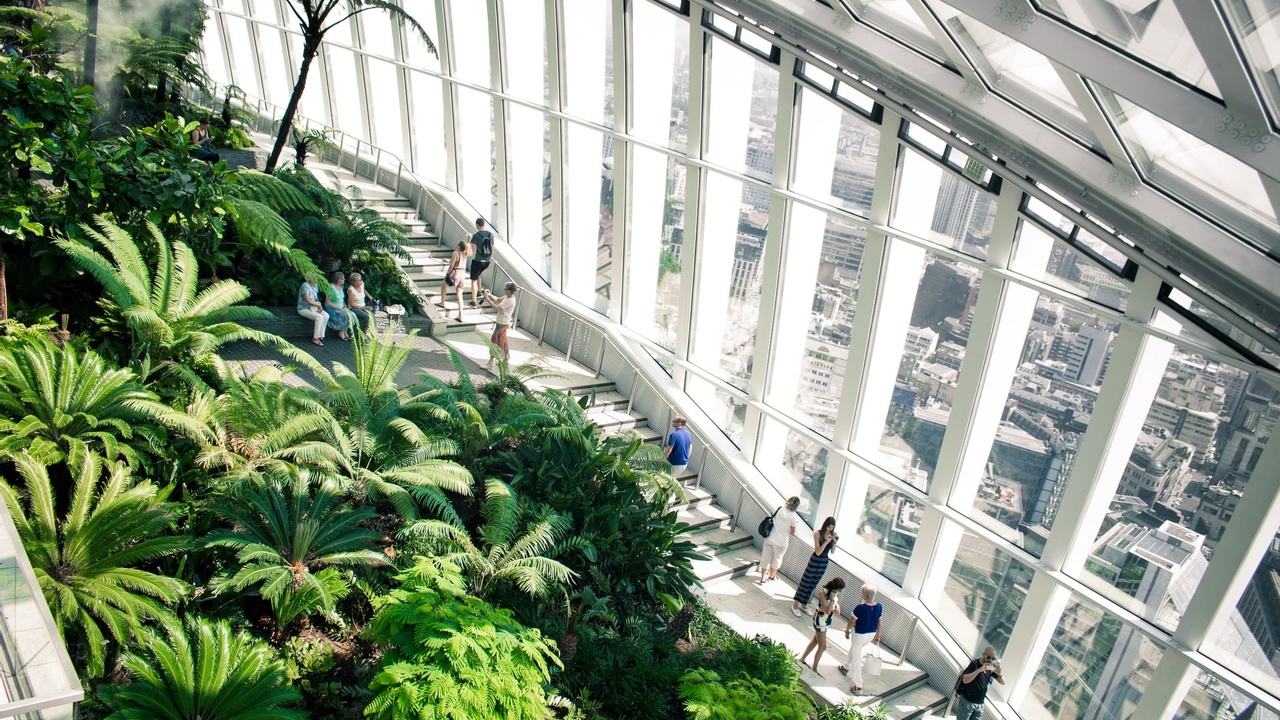
Why is it that plants, windows with views of greenspace, nature-depicting art pieces, and other natural elements brighten up our indoor environments? Given the choice, most people prefer to spend time in a room that contains these elements instead of a room that is closed off to the outside world. In fact, access to daylight and the outdoors is even a requirement of humane-treatment in some situations like incarceration.
We know that spending time outside is good for our psychological and physiological health. As seen with activities such as gardening, forest bathing, and simply spending time outdoors, nature has restorative properties that we can all benefit from!
So, is it possible that we can access these benefits from indoor environments as well? The answer is yes! Biophilic design is a design strategy that incorporates natural elements into the built environment in order to increase human wellbeing.
Biophilic design is based on the concept of “biophilia” which aims to explain why humans experience wellbeing in nature.
What is biophilia?
Biophilia is a term, coined by biologist Edward O. Wilson in 1984, which describes the innate tendency for humans to seek out life and lifelike processes. This tendency is thought to be biologically ingrained in humans, as throughout the course of our evolution, the natural environment has been conducive to our survival and enhanced our physical, emotional, and intellectual fitness. For example, plants provide us with food, trees provide us with shelter, and water is essential to all life.
Biophilia helps to explain why we are captivated watching waves at the seashore or a beautiful sunset, why we feel peaceful in the midst of a beautiful garden, why we are fascinated by and fearful of heights, and ultimately, why humans experience a strong connection to the natural world.
According to the biophilia hypothesis, you don’t have to be an outdoor enthusiast who spends every weekend camping in the wilderness in order to receive the benefits from nature. Even if you are someone who prefers to experience nature from a distance, you will still receive psychological benefits from nature whether it be enjoyment from viewing nature scenes or experiencing relaxation when surrounded by houseplants.
What is Biophilic Design?
Although the positive effects of nature continue to be seen today, modern built environments often separate humans from the outdoors. Biophilic design attempts to address this issue by incorporating elements of the natural world into the built environment, allowing us to receive the physical, mental, and behavioural benefits that contact with nature provides.
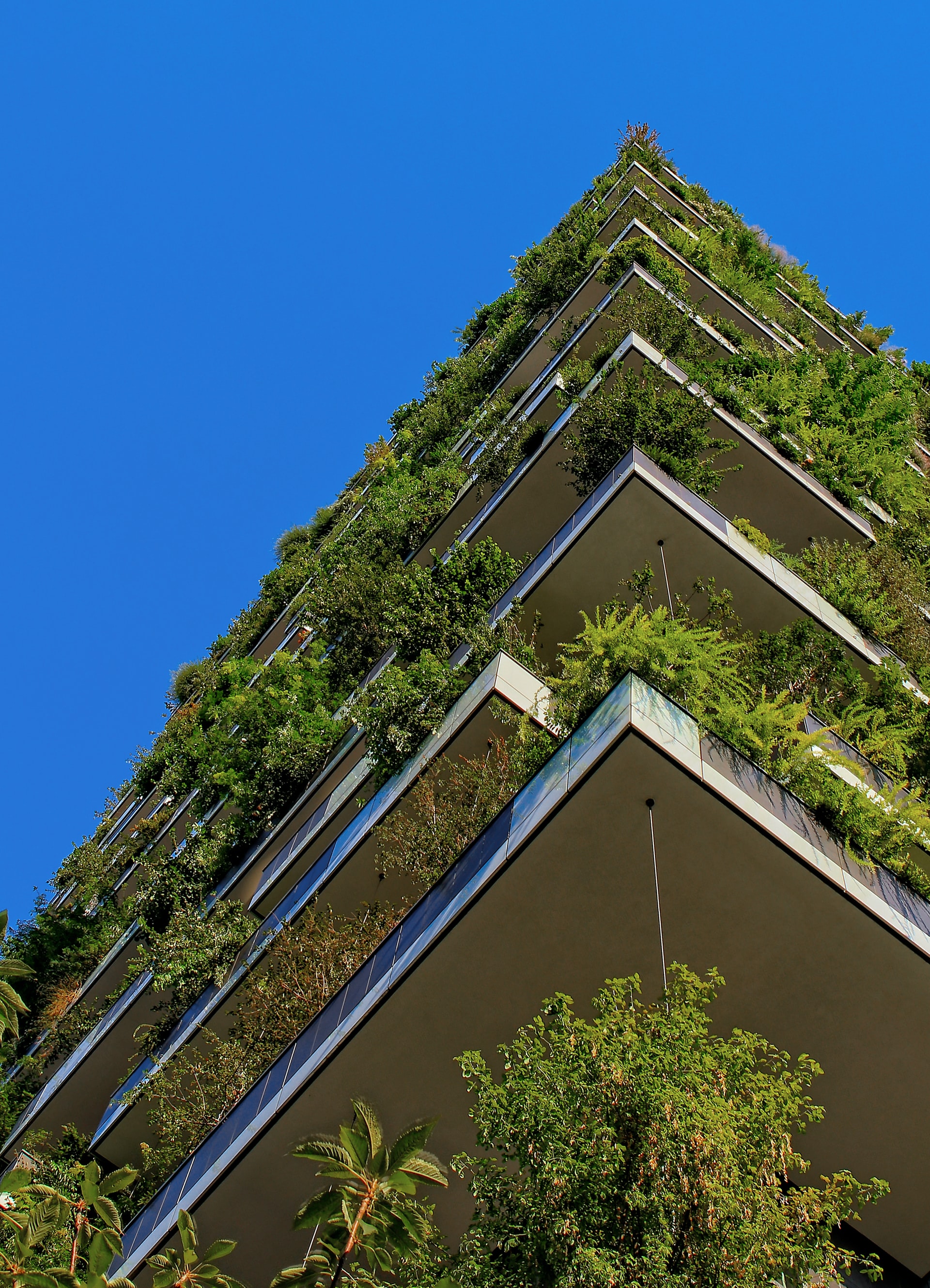
Numerous studies have shown that buildings that incorporate elements of nature have a positive impact on human functioning and wellbeing. For example, a study conducted by Roger Ulrich, Ph.D., co-founding director of the Center for Health Systems and Design at Texas A&M University, indicated that hospital patients assigned to a room with a window looking out on a natural scene had shorter hospital stays and required less medication than patients in similar rooms with windows facing a brick wall.
Similarly, research conducted by the Heschong Mahone Group investigated the relationship between daylighting and human performance in three school districts. The findings of the research found that students in classrooms with the most daylight were able to progress 20% faster on math tests and 26% faster on reading tests. There are plenty of ways that nature positively affects our bodies and minds.
The Elements of Biophilic Design
There are many different ways to incorporate nature into the built environment. For example, within the biophilic design framework, there are three main ways in which nature can be experienced while indoors:
- the direct experience of nature,
- the indirect experience of nature, and
- the experience of space and place.
Direct Experience of Nature
The direct experience of nature refers to actual contact with environmental features in the built environment. Such elements include natural lighting through the use of large windows, clerestories, or skylights, fresh air through passive and natural ventilation systems, as well as indoor plants which can reduce stress and improve performance and productivity.
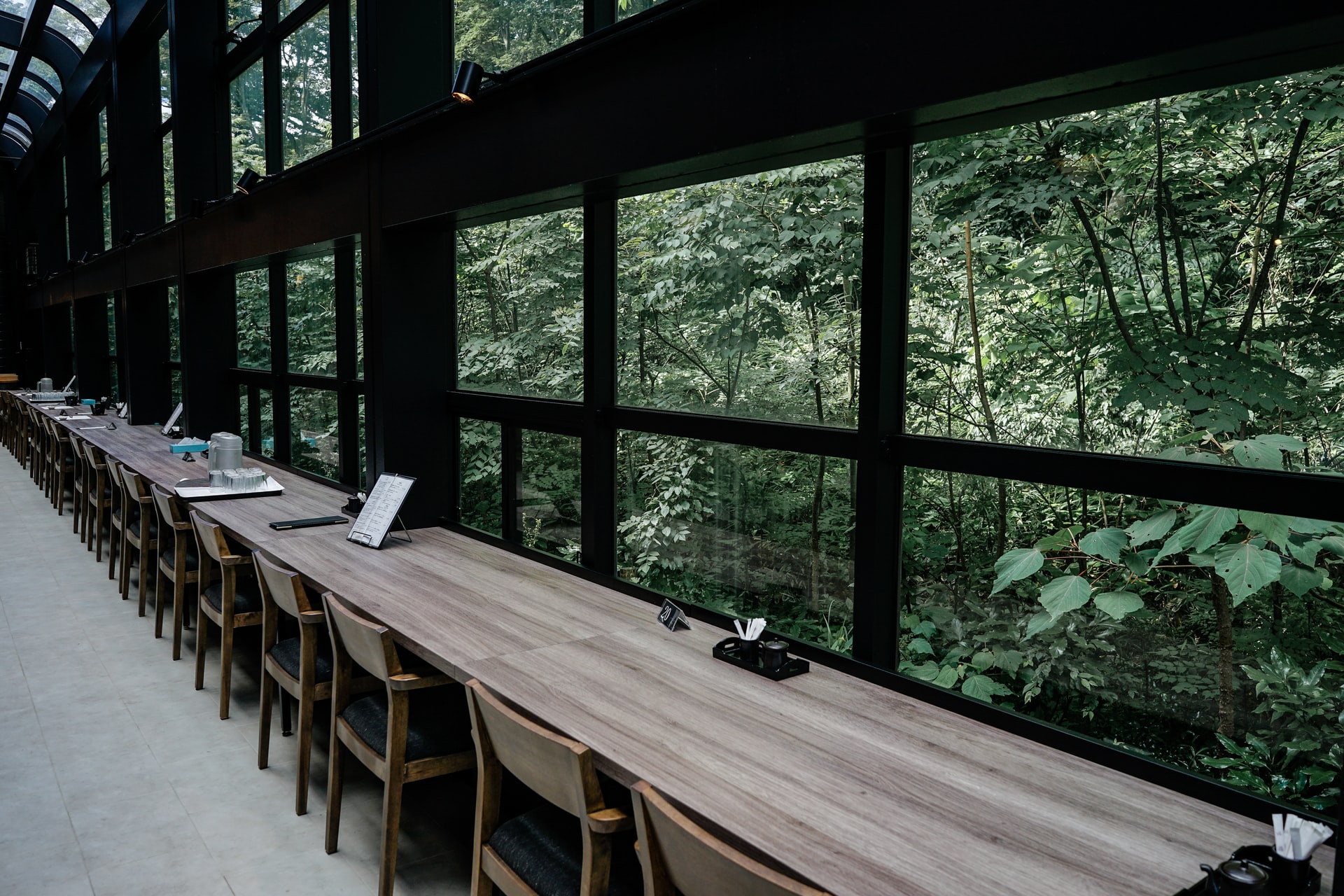
Elements such as water and fire can also be successfully implemented indoors through water fountains and water bodies, and fireplaces and hearths.
Maybe most obviously, nature can be directly experienced by incorporating natural landscapes and ecosystems into the built environment. Some examples include constructed wetlands, green roofs, and simulated aquatic environments.
Indirect Experience of Nature
In instances where direct incorporation is not possible, or even just to supplement the direct natural elements within a building or room, nature can also be experienced indirectly through images and representations.
For example, the use of natural materials is a very common method of incorporating nature into the built environment. Materials such as wood, stone, wool, cotton, and leather are all examples of natural materials which are visually appealing and reminiscent of the natural world.
An indirect experience of nature can also be achieved by incorporating naturalistic shapes and colours. For example, leaf-like patterns may be etched into walls, while earthy and muted colour schemes mimic the colours we see in nature.
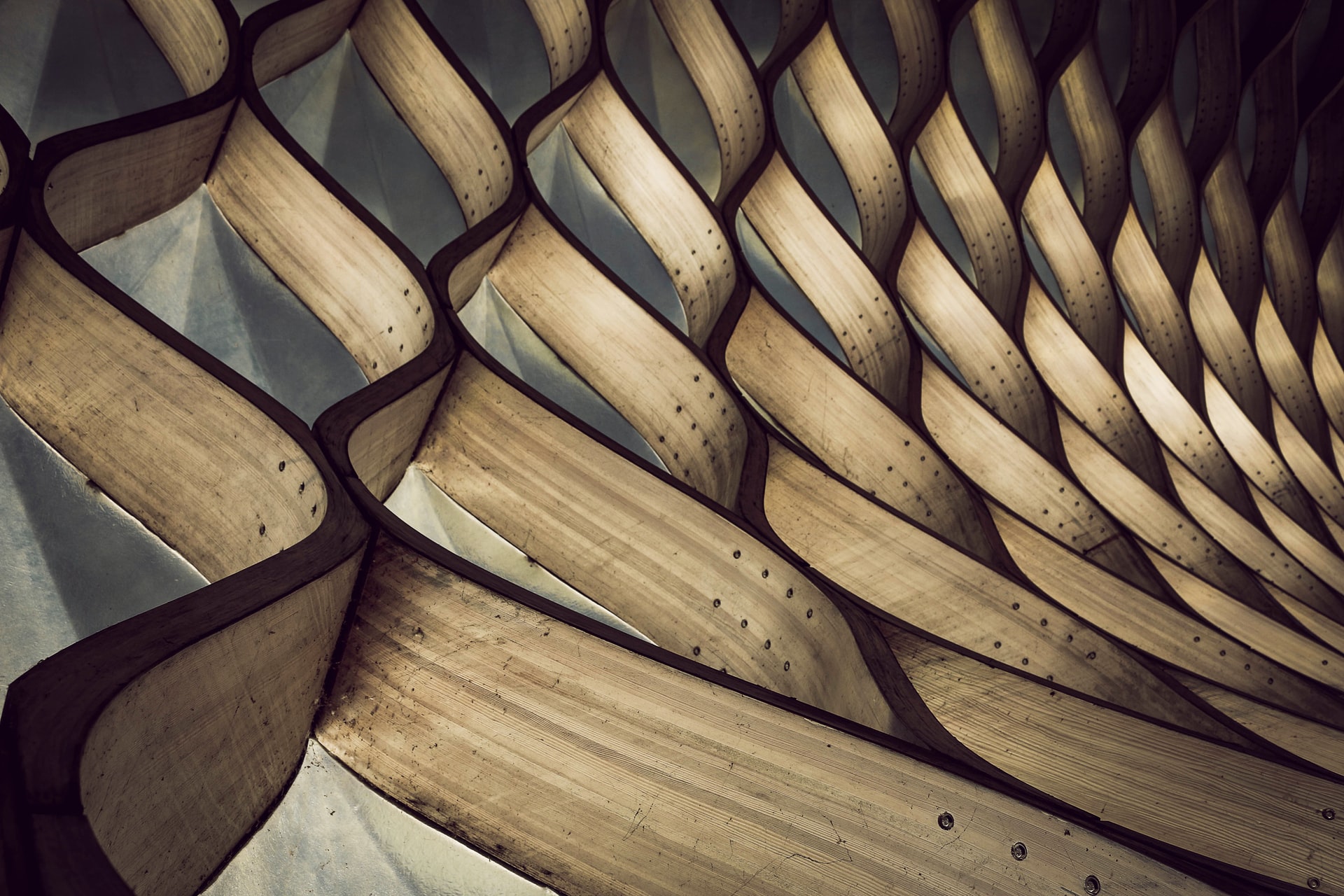

Nature may also be evoked within the overall design of a building. For example, buildings such as the Sydney Opera House draw from elements of nature, as the “wings” of the building are designed after the wings of a bird.
Experience of Space and Place
The experience of space and place refers to spatial features of the natural environment that have advanced human health and wellbeing. For example, finding refuge and protection from the outside world has been an important part of human evolution. This feeling of safety and refuge can be replicated through the use of vistas to the outside and visual connections between interior spaces.
The experience of space and place also includes mobility and wayfinding, as being able to freely move between spaces is important to human wellbeing. This can be achieved by creating clear pathways and markers that locate points of entry and exit within a building.
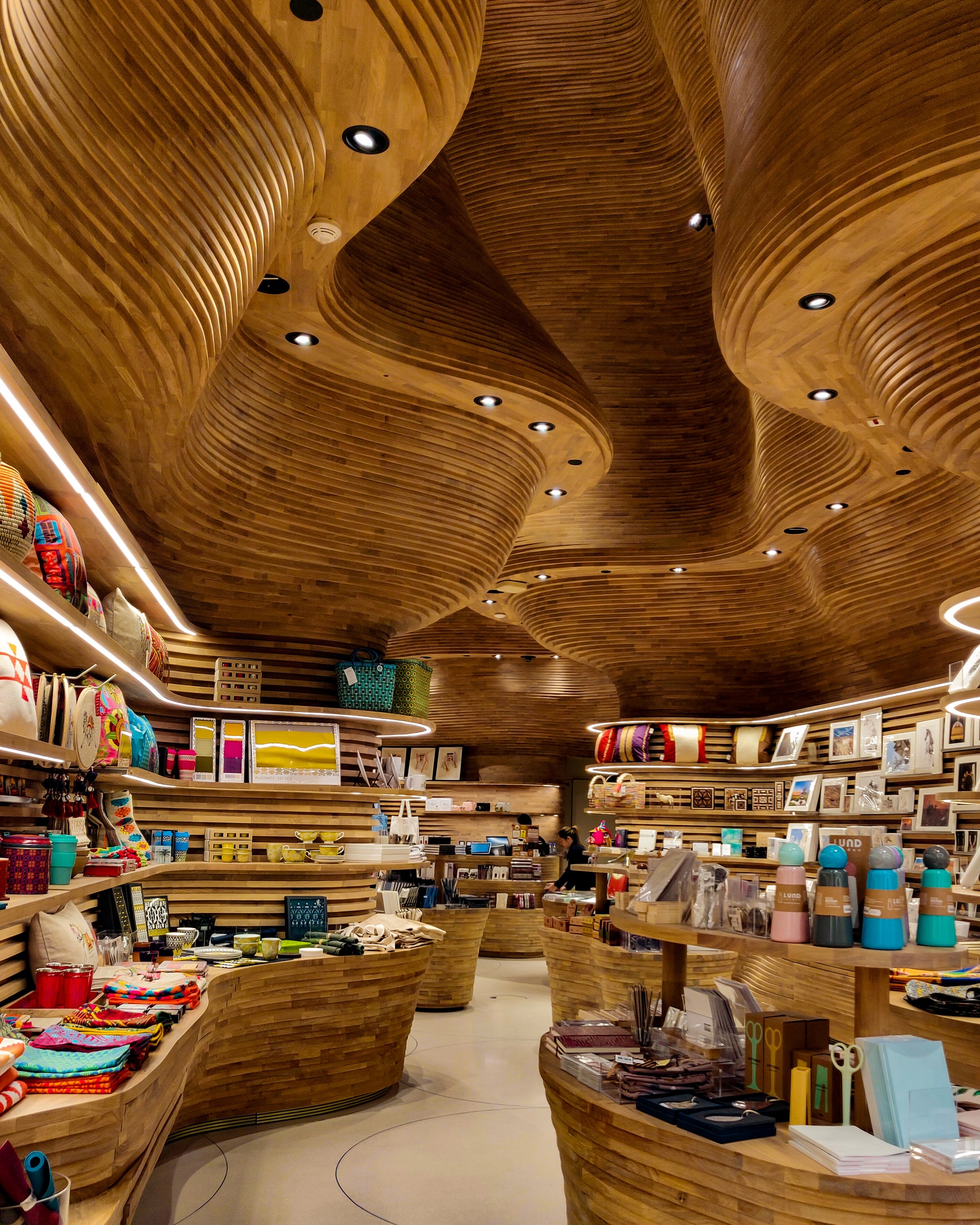 Restorative Spaces
Restorative Spaces
Sometimes these indoor spaces that provide refuge and comfort are called restorative spaces, especially when they incorporate a view of the natural world and incorporate natural elements. These restorative spaces can help us feel at ease and calmer. They reduce the stress of daily life and help us focus better and cope with situations of daily life.
That is why they are so important to build into our hospitals, universities and workplaces. They help people find calm and perspective. They help us to reflect, collect our thoughts and reduce our anxiety levels.
Biophilic Design for the future
There are many ways in which the human environment can be better integrated with the natural world. By employing biophilic design strategies in schools, offices, institutions and even our homes, we can help boost our wellbeing. Biophilic design is a useful consideration for any built-environment, as it allows us to reap the benefits of experiencing nature even when we aren’t able to spend time outdoors.
This is increasingly important as we look for ways to improve health, wellness and productivity in a variety of settings. When we can use these elements to improve work satisfaction, reduce stress, improve patient outcomes, and so on, it is worth pursuing!
Do you have elements of biophilic design in your home or workplace? I would love to see what that looks like. Just post the image to social media and tag me, @khflourishing.
For a deeper dive into Biophilia listen to Episode 31 of the Live. Well. Green. podcast.
Stay connected with news and updates!
Join my mailing list to receive the latest news and updates. Your information will not be shared.

